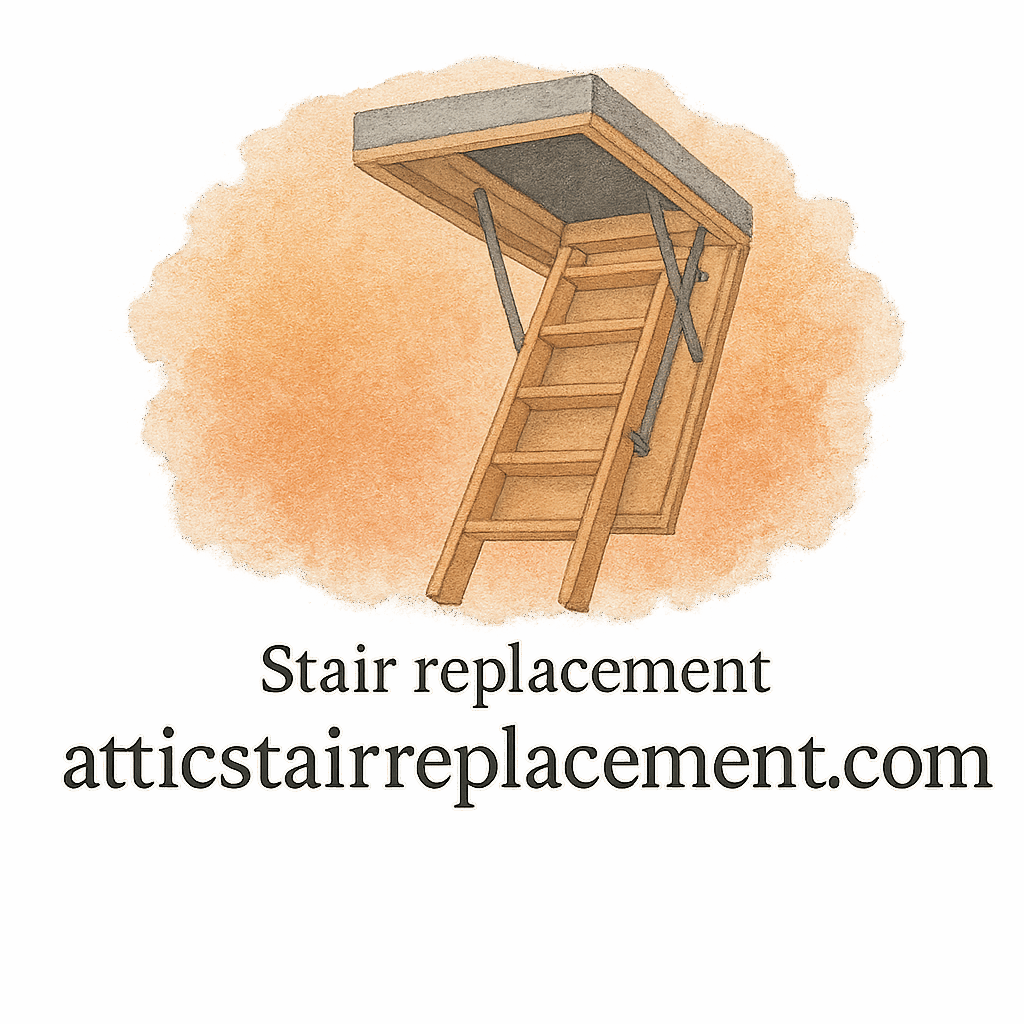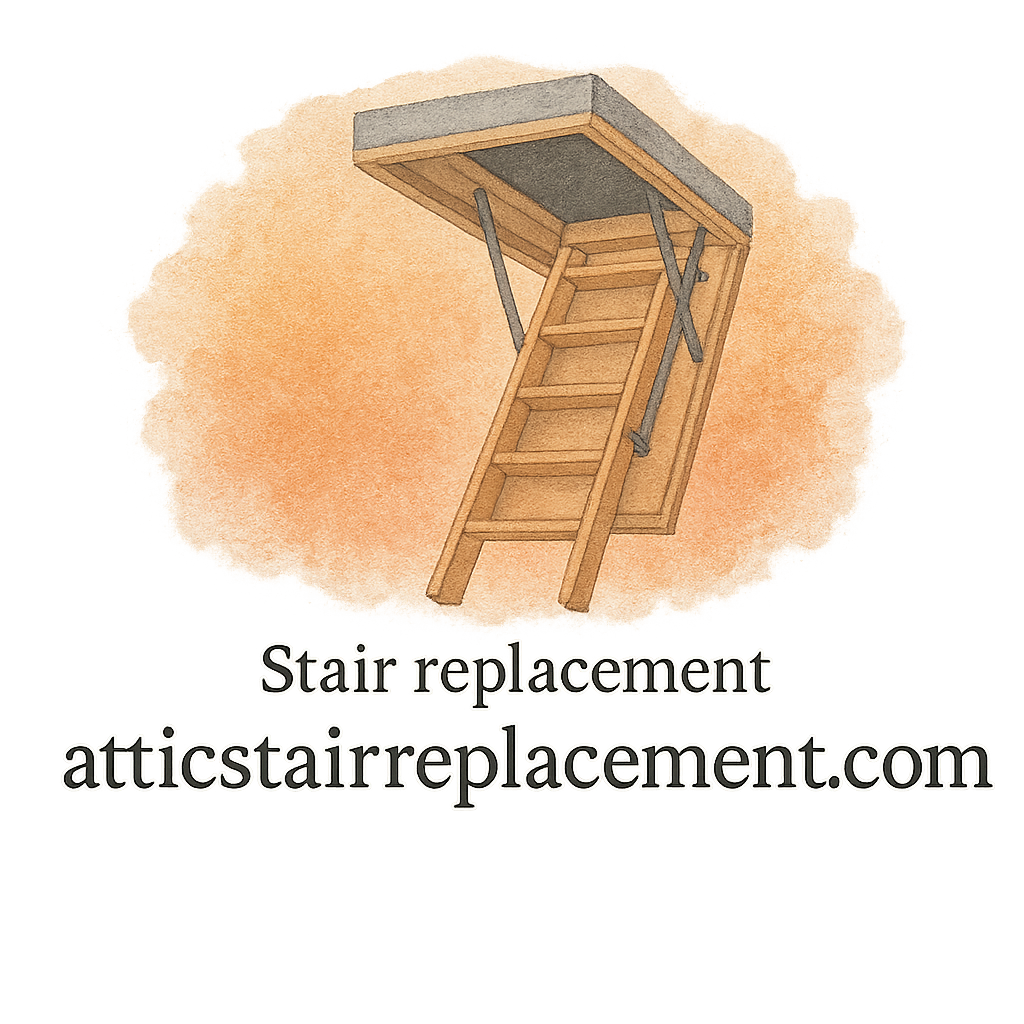Introduction
If you’ve ever had attic stairs creak, wobble, or refuse to close properly, you already know how frustrating it can be. Attic stairs are often overlooked until they suddenly become a problem. But here’s the good news: with the right maintenance hacks, you can keep your attic stair replacement in top shape for years.
This guide will walk you through 9 expert hacks for attic stair replacement maintenance that are simple, effective, and designed to save you money, time, and headaches. Whether you’re a DIY enthusiast or considering professional help, these tips will keep your stairs safe, strong, and reliable.
Why Attic Stair Replacement Maintenance Matters
Safety Benefits of Regular Maintenance
Let’s be honest—attic stairs aren’t just another household feature; they’re a high-traffic access point to storage, HVAC systems, and even hidden home projects. Loose parts or weak frames can lead to dangerous falls. Keeping them maintained means protecting yourself and your family.
Cost Savings Through Preventive Care
Skipping maintenance often leads to bigger, pricier problems. A few minutes tightening screws today could save you from a costly full replacement later. Preventive care is all about protecting your investment.
Extending the Lifespan of Your Attic Stairs
Just like cars need oil changes, attic stairs need regular checkups. Proper care ensures your replacement attic stairs remain durable, strong, and long-lasting, saving you from frequent repairs.
Hack #1: Regular Cleaning and Dust Removal
How Dust and Debris Affect Functionality
Dust might seem harmless, but it’s the silent enemy of smooth functionality. Over time, it builds up in hinges, rails, and moving parts, making your stairs sticky and hard to operate.
Best Tools for Cleaning Attic Stairs
A vacuum with a brush attachment, microfiber cloths, and a can of compressed air are your best friends. A quick monthly cleaning session keeps everything working smoothly and prevents buildup.
Hack #2: Tighten Loose Screws and Bolts
Identifying Weak Spots Before They Fail
Loose screws may not seem like a big deal—until your ladder starts wobbling mid-climb. Inspect all joints, bolts, and brackets every couple of months to catch issues early.
Quick Fix vs. Professional Repair
Most of the time, a screwdriver and a little elbow grease do the trick. But if you notice stripped screws or structural damage, it’s better to call in a contractor (see advice here).
Hack #3: Lubricate Moving Parts Frequently
Recommended Lubricants for Smooth Operation
WD-40 or silicone-based lubricants are perfect for hinges and joints. A small application goes a long way in preventing squeaks and jams.
Signs Your Stairs Need Lubrication
If your attic stairs squeak louder than an old rocking chair or feel stiff, it’s time to lube them up. Regular lubrication keeps the steps strong and easy to maneuver.
Hack #4: Inspect Wood for Cracks and Rot
Spotting Early Signs of Damage
Check for hairline cracks, splintering, or soft spots in the wood. Even small flaws can grow into safety hazards if ignored.
Repair or Replace: Knowing When It’s Time
Minor cracks? Sand and seal them. Major damage? Don’t risk it—replacement is the safer call. For step-by-step help, check out our DIY installation guide.

Hack #5: Reinforce the Ladder Frame
Strengthening for Heavy-Duty Use
If your attic stairs handle heavy loads, reinforcement is essential. Adding brackets or metal supports helps prevent sagging and ensures long-term durability.
Avoiding Wobbling and Shaking
Think of this as giving your stairs a “core workout.” Reinforcing weak spots reduces wobbling, giving you confidence every time you climb.
Hack #6: Check the Attic Door Seal
Preventing Heat Loss and Energy Waste
A poor seal lets warm or cool air escape, spiking your energy bills. Proper insulation around the door makes your attic more energy-efficient.
When to Replace the Seal
If you feel drafts or notice cracked weatherstripping, it’s time for a replacement. This small fix can make a huge difference in comfort and savings.
Hack #7: Test the Locking Mechanism
Keeping Your Attic Secure
A faulty lock isn’t just inconvenient—it’s unsafe. Always test the latch to ensure it locks securely and stays closed when not in use.
Easy Fixes for Common Lock Issues
Lubrication usually solves sticky locks. If not, replacing the lock mechanism is simple and affordable—perfect for a weekend DIY project.
Hack #8: Balance and Alignment Check
Why Proper Alignment Prevents Accidents
If your attic stairs don’t fold or unfold evenly, the misalignment can strain joints and increase fall risks.
DIY vs. Contractor Adjustment
Minor adjustments are easy with a wrench. But for major balance issues, calling a contractor (see contractor tips) is the safer choice.
Hack #9: Schedule Routine Professional Inspections
Benefits of Expert Evaluation
Even if you’re handy, pros can spot problems you’d miss. They’ll check hidden stress points, ensure compliance with safety codes, and provide valuable expert advice.
How Often Should You Call a Pro?
Once a year is a good rule of thumb, especially if your stairs are heavily used. Think of it like an annual doctor check-up for your attic stairs.
DIY vs. Professional Maintenance
Cost Comparison
DIY saves money upfront, but mistakes can cost more in the long run. Professional maintenance may be pricier, but it guarantees job quality and peace of mind.
Which Option Is Right for You?
If you’re confident in your skills, basic maintenance is manageable. For structural issues, always lean toward professional help. Explore more home improvement tips.
Common Mistakes to Avoid in Attic Stair Maintenance
- Ignoring small cracks until they grow
- Over-lubricating hinges (causes buildup)
- Using the wrong tools for adjustments
- Skipping inspections after heavy use
- Forgetting about attic door insulation
Avoid these pitfalls, and your stairs will stay durable, safe, and reliable.
Long-Term Care Tips for Durable Attic Stairs
- Create a maintenance checklist and follow it quarterly.
- Keep a small repair kit nearby with lubricants, screws, and a screwdriver.
- Reinforce high-stress points regularly.
- Store heavy items in a balanced way to reduce strain.
- Learn from common maintenance mistakes to stay ahead.
Conclusion
Maintaining your attic stair replacement doesn’t have to be complicated. With these 9 expert hacks, you can boost safety, extend durability, and save money on repairs. From cleaning and lubrication to professional inspections, every small effort adds up to stronger, safer attic stairs.
Want more guides, expert tips, and product reviews? Visit Attic Stair Replacement for everything you need to keep your home projects on track.
FAQs
1. How often should I clean my attic stairs?
At least once a month to prevent dust buildup and maintain smooth operation.
2. Can I lubricate attic stairs with cooking oil?
No, always use silicone-based or WD-40 lubricants for proper function.
3. How do I know if my attic stairs need replacement?
If you see severe cracks, broken hinges, or unstable frames, replacement is safer than repair.
4. Are attic stair reinforcements DIY-friendly?
Yes, basic reinforcements are manageable, but large structural fixes are best left to contractors.
5. Do attic stairs affect home insulation?
Absolutely. A poor door seal can lead to energy loss and higher bills.
6. What’s the biggest mistake homeowners make with attic stair maintenance?
Ignoring small issues until they become major, costly problems.
7. How long do attic stair replacements last with proper care?
With consistent maintenance, they can last 15–20 years or more.


